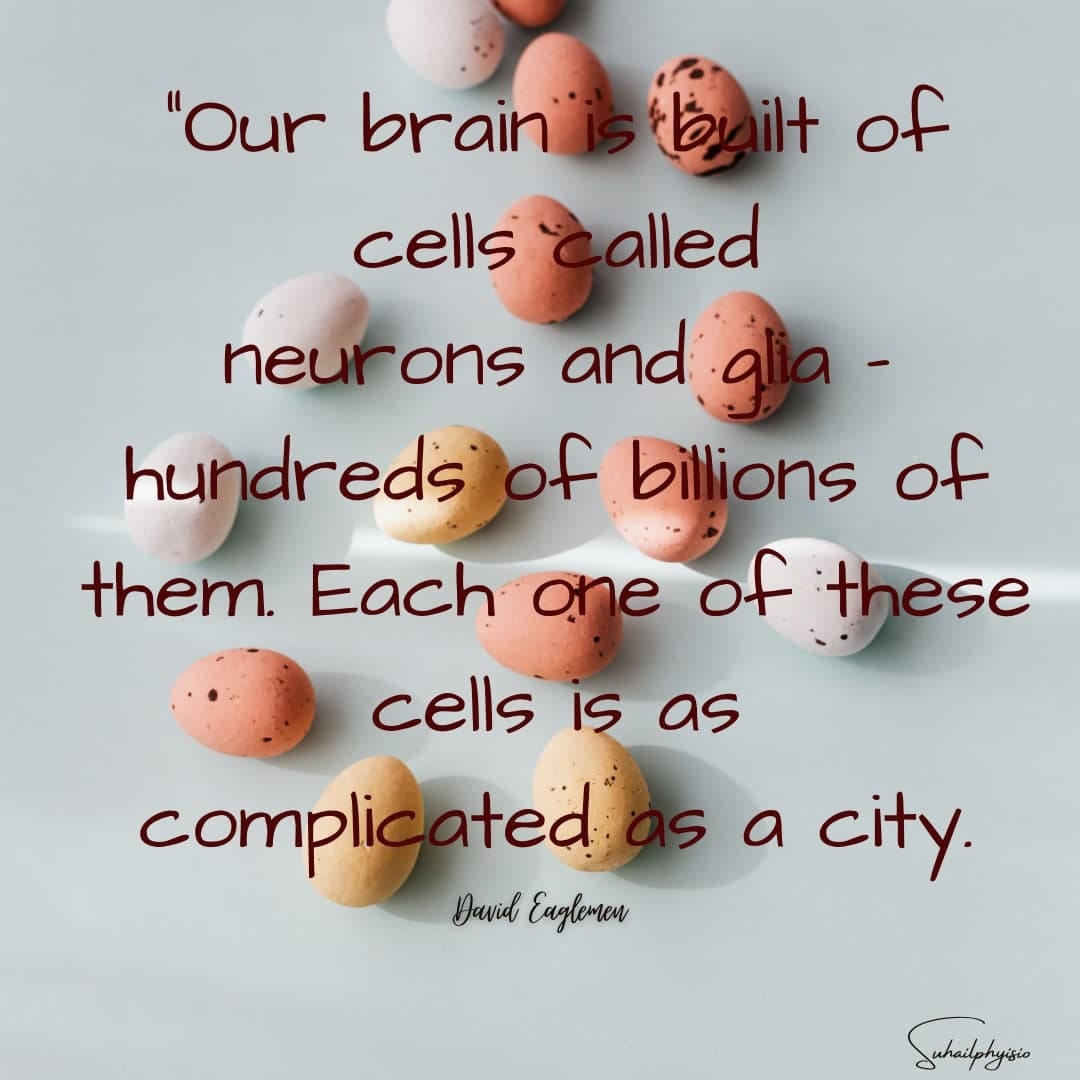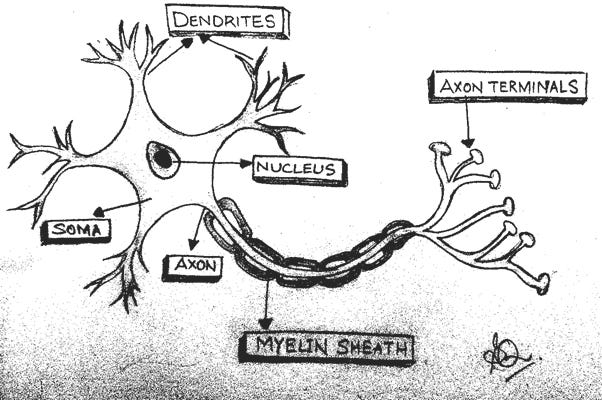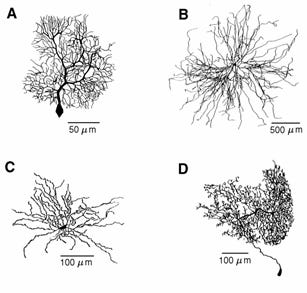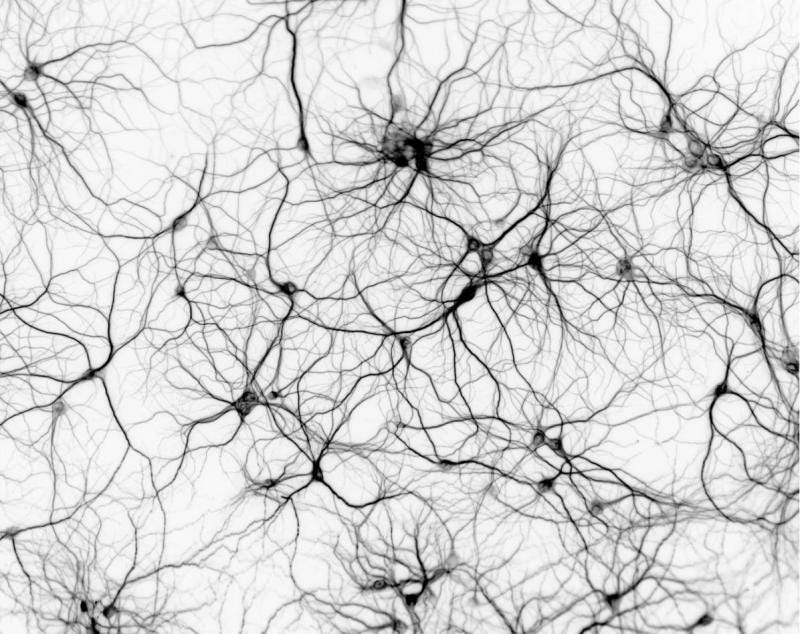In this newsletter, we are going to talk about stars of the nervous system, Neurons. Our nervous system is made up of two types of cells neurons and glial cells.
Neurons (also called nerve cells) are the structural and functional units of the nervous systems. We have approximately 100 billion neurons. They are the processing unit of the nervous system and results in all the functions our nervous system can do. They are essentially responsible for receiving every sensory input from the external world, for sending motor commands to our muscles, and for transforming and relaying the electrical signals at every step in between. They are our connections with the external world!
What do they look like?
Neurons are structurally diverse. Unlike any other physiological systems where we have cells which resembles other cells, neurons are exception to that, every neuron is different from the other. In simple words they are complex!
Neurons resembles more like a tree and are the longest cells in the body. Most neurons have three parts.
Cell Body
Dendrites
Axons
Cell Body (Soma)
This is the information gathering and generating part of the neuron. It contains a nucleus and typical cell organelles, like Golgi apparatus, mitochondria, and ribosomes etc. Cell bodies have two neuronal process by which it communicates with other neurons or other cells of the body. A nerve fiber is a general term for any neuronal process (extension) that emerges from the cell body of a neuron Most neurons have two kinds of processes: multiple dendrites and a single axon.
Dendrites
They are the receiving or input portions of a neuron. They are short, tapering and highly branched. Dendrites form a tree shaped array of processes extending from the cell body (highly branched).
Axons (Axis)
They are processes that propagates information towards other neurons, muscle firers and gland cells. The endings of the axons are called as axon terminals or synaptic bulbs. Axons are usually of two types: myelinated and unmyelinated. Myelination is an insulation process where myelin sheath covers the nerve fibers.
What is the difference between Axons and Dendrites?
Neurons usually have only one axon, whereas they typically have many dendrites. The question arises how does neurons keep track of their two kinds of processes: how is it that they can have many dendrites but only a single axon?
The answer lies in the functions of these two processes. Usually, dendrites are postsynaptic, and axons are presynaptic. They are also different in terms of their anatomy. Axons tend to be long, untapered and unbranched (until they reach their target), whereas dendrites are shorter, tapered and highly branched.
Our brain cells talks to each other!
This property of communication helps us in attaining new skills, memory and much more.
“A typical neuron makes about ten thousand connections to neighboring neurons. Given the billions of neurons, this means there are as many connections in a single cubic centimeter of brain tissue as there are stars in the Milky Way galaxy”
David Eaglemen
Each neuron makes thousands of connections with neighboring neurons. They are constantly talking to each other even I m writing this up my neurons may be firing together and getting wired together making neuronal circuits.
These connections are the most remarkable thing about neurons!
“The human brain has 100 billion neurons, each neuron connected to 10 thousand other neurons. Sitting on your shoulders is the most complicated object in the known universe”.
Michio Kaku
So, the stars of the nervous system have great capabilities and makes our world ever so fascinating. A quote by Meg Rosoff justifies this remarkable competence.
“When you read a book, the neurons in your brain fire overtime, deciding what the characters are wearing, how they're standing, and what it feels like the first time they kiss. No one shows you. The words make suggestions. Your brain paints the pictures”.
Neurons are of different types depending where they originate, where they project to and which neurotransmitters they use, this will be discussed in the subsequent editions.
I hope you enjoyed reading this edition. Till next time, keep firing and wiring the neurons together.
Ammar Suhail PT






Well done..just amazing 💫
beautiful explaination